Hello, Fiction Igniters! 🎆 Ready to dive deep into the world of subtext? No? Well, strap in anyway, because we’re about to go on a creative ride where less is so much more.
Now, imagine you’re reading a book, and you’re totally absorbed by the characters, the world, and the plot. But then, as you reach the end of a chapter, a small detail hits you. Something small, like a passing glance or a slight shift in tone. It wasn’t explicitly said, but somehow, you felt it. That, my friend, is subtext. It’s the invisible stuff behind the words, the emotional freight that a good writer sneaks in between the lines. And let me tell you, it’s the magic that can turn an average story into a masterpiece.
Subtext in Action: Show, Don’t Tell (But Do It Right!)
You’ve probably heard the phrase “show, don’t tell” a million times, right? Well, subtext is basically the superhero version of that advice. It’s not enough to just tell the audience how someone feels. You gotta show it in a way that’s subtle, layered, and yes, often hidden in plain sight.
Think about Hemingway’s The Old Man and the Sea. Now, Hemingway was a master of saying a lot with very little. The surface story is about an old fisherman’s struggle to catch a giant fish. But there’s so much underneath. The old man’s battle isn’t just with the fish. It’s with his own aging body, his pride, and his place in the world. It’s all there, wrapped in those spare, simple sentences. Hemingway doesn’t hammer it home with exposition—he lets us feel the subtext of the old man’s struggle.
This is a good example of how subtext can make a story feel real, more human. It’s like those moments when you walk into a room and you know something’s off, even if no one says a word. Writers can do that with subtext. When done right, it makes the audience lean in closer, wanting to read between the lines.
Why Subtext Makes Your Writing Pop
Alright, so why should you care about subtext? What’s the big deal?
Let me tell you, it’s all about creating a richer experience for your readers. When your story’s soaked in subtext, your audience gets more than just a plot. They get a world that feels alive, layered, and open to interpretation. Subtext invites readers to read between the lines, encouraging them to fill in the gaps and make their own connections. It’s like a conversation where you’re not just saying “Hey, I’m fine,” but you are saying, “I’m fine,” but your tone and body language tell a whole different story.
For instance, look at The Great Gatsby. Fitzgerald doesn’t just tell us that Gatsby is in love with Daisy. Instead, he shows it through Gatsby’s extravagant parties, his obsession with green lights, and those quiet, longing moments. It’s all subtext! You don’t need to scream “Gatsby loves Daisy” for the reader to feel that tension. You let the little details work their magic.
The Personal Side of Subtext
Now, let me get personal for a sec. I’ve been learning this lesson myself over the years. As someone who has always loved diving into creative worlds, I’ve often found myself tempted to explain everything to my audience. “This is why this character does this! This is how they’re feeling!” But what I’ve come to realize is that the most powerful moments in writing are often the ones where you leave things unsaid.
There was a time when I overcomplicated a scene I was writing. I was trying so hard to communicate exactly how the character was feeling that I ruined the moment. It was a forced info dump. The emotions felt heavy-handed, and the impact was totally lost. Then I took a step back, thought about it, and rewrote the scene with less explanation. I gave the character a simple gesture instead of a monologue. And boom, the emotional weight was there in a way I hadn’t expected. Less really was more.
How to Use Subtext in Your Own Writing
Okay, enough of the theory, let’s get practical. How do you start using subtext in your writing? Here are a few tips to get you going:
- Action Speaks Louder: Instead of directly saying how a character feels, show it through their actions. For example, instead of saying “She was nervous,” you could write, “Her fingers twisted the hem of her shirt, and she couldn’t seem to sit still.”
- Use Dialogue with Layers: In subtext, silence and what isn’t said can be as important as the words themselves. Take a look at how Raymond Carver uses dialogue. In What We Talk About When We Talk About Love, the characters never come out and say what they’re really feeling, but the subtext builds through how they interact.
- Create Tension: Subtext thrives on tension—whether it’s between characters or within the environment. Think about The Godfather (the book by Mario Puzo). The tension between Michael and his family, the subtle power plays, all of that is communicated through subtext. Nothing is said outright, but we feel the weight of every decision.
- Focus on Small Details: Small, seemingly insignificant details can carry huge emotional weight. The way a character reacts to a smell, a particular phrase, or even their environment can speak volumes. Don’t over-explain—let those little things do the talking for you.
The Secret to Mastering Subtext
So, what’s the big secret to nailing subtext? It’s really about trusting your readers. Subtext requires you to leave space for your audience to think, interpret, and feel. Don’t spoon-feed everything. Trust that they’ll pick up on the subtleties. And, as with all writing, practice, practice, practice. The more you experiment with showing instead of telling, the better you’ll get at using subtext to your advantage.
Now go ahead and ignite those pages with your own subtext. Don’t be afraid to say more with less—that’s the beauty of this craft.
So, remember, until next time: don’t write, ignite!

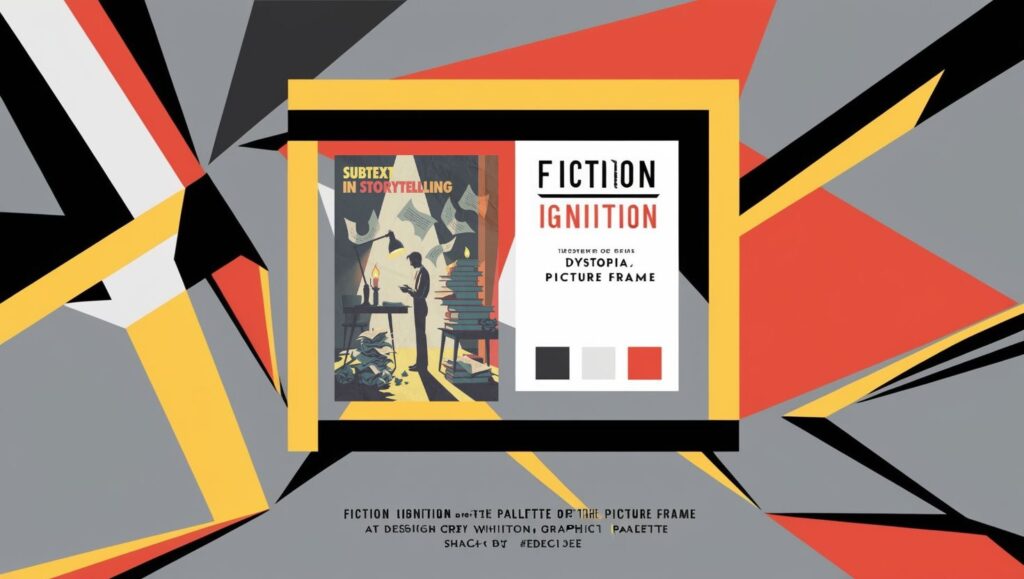
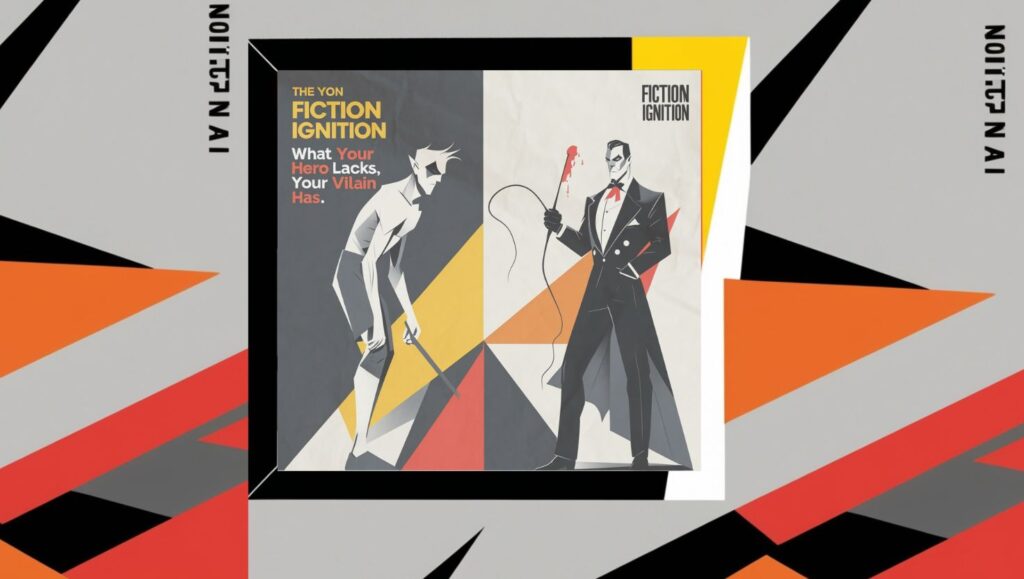
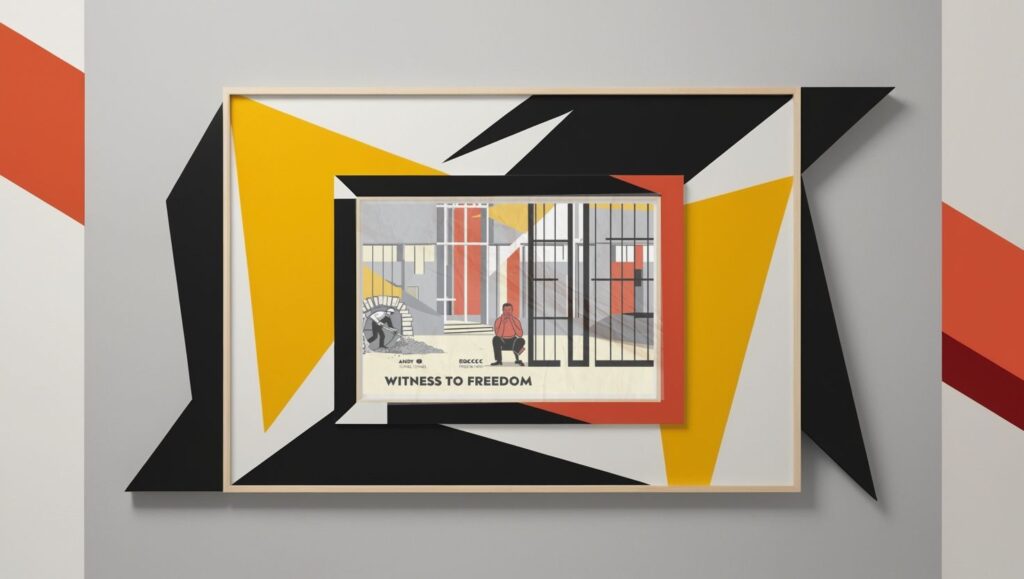
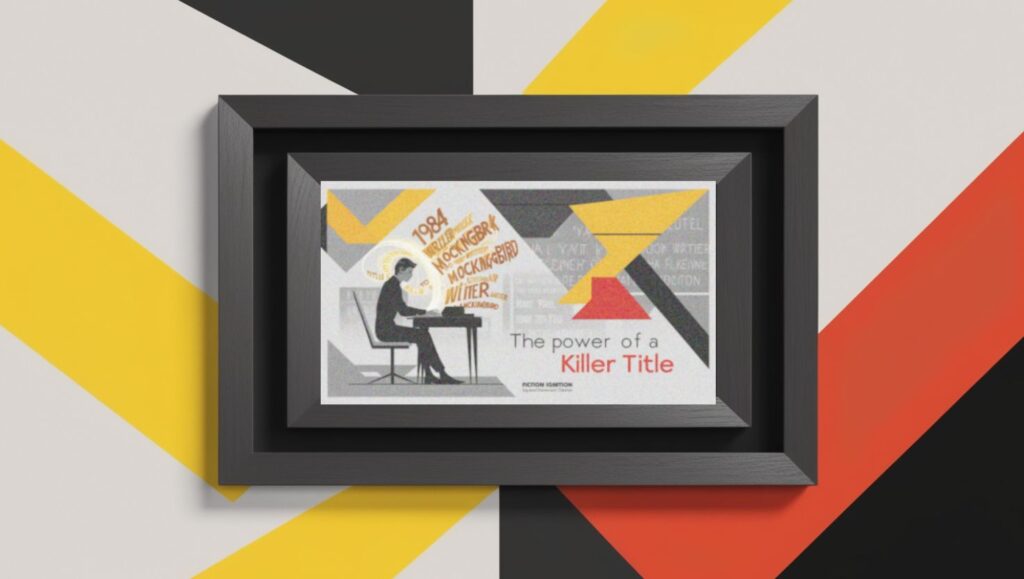



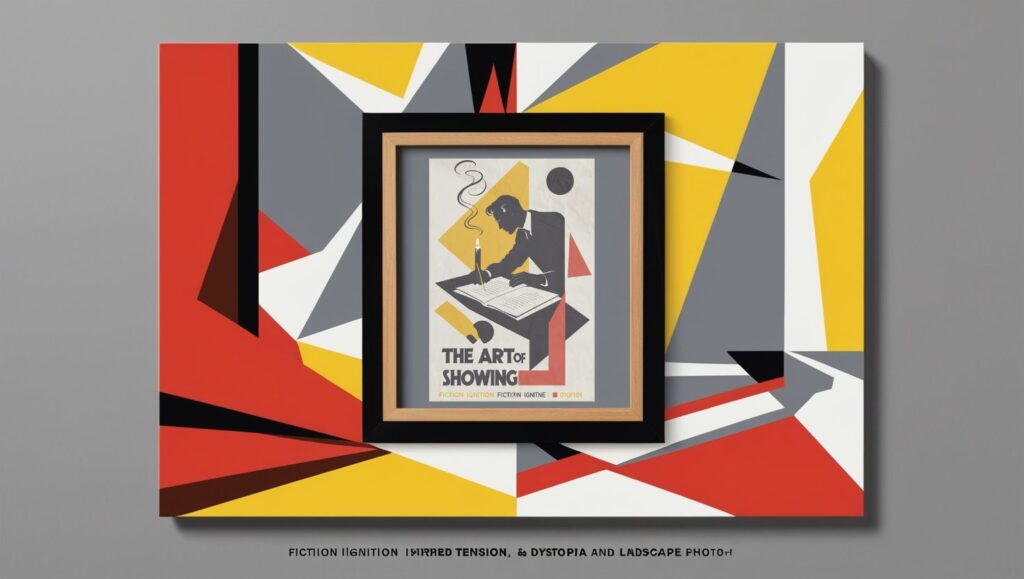

Wow, incredible blog layout! How long have you been blogging for?
you make blogging look easy. The overall look of your site is excellent, as well
as the content!
Thanks! I started working on websites around 2005, and I’ve done some blogging here and there throughout the years. Currently, this is the only blog I’m working on. Thanks, again. Hope you come back often.